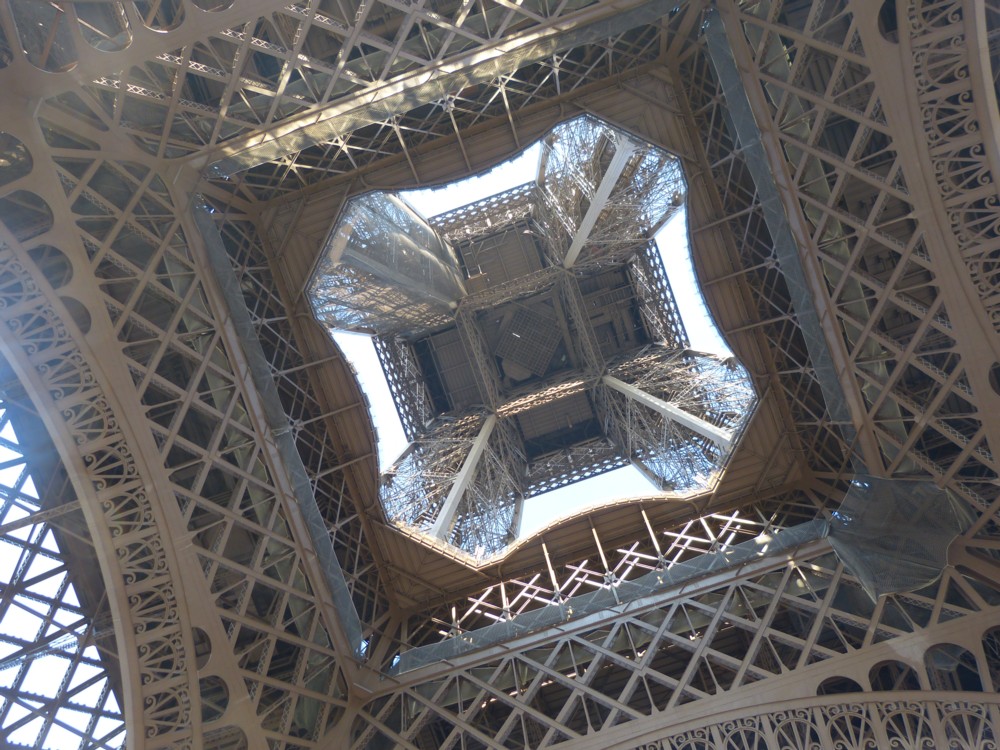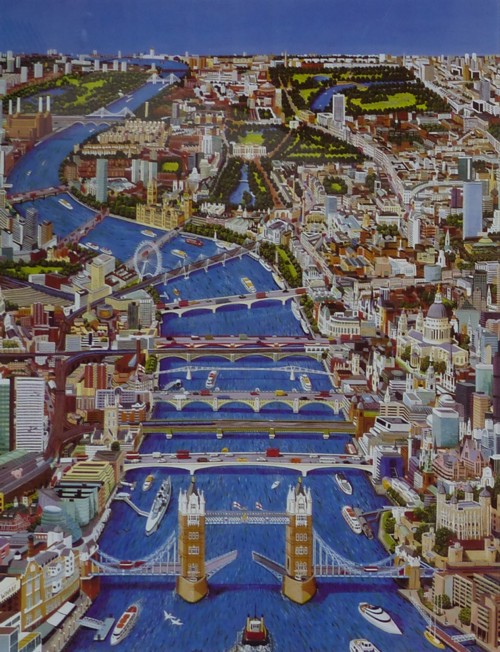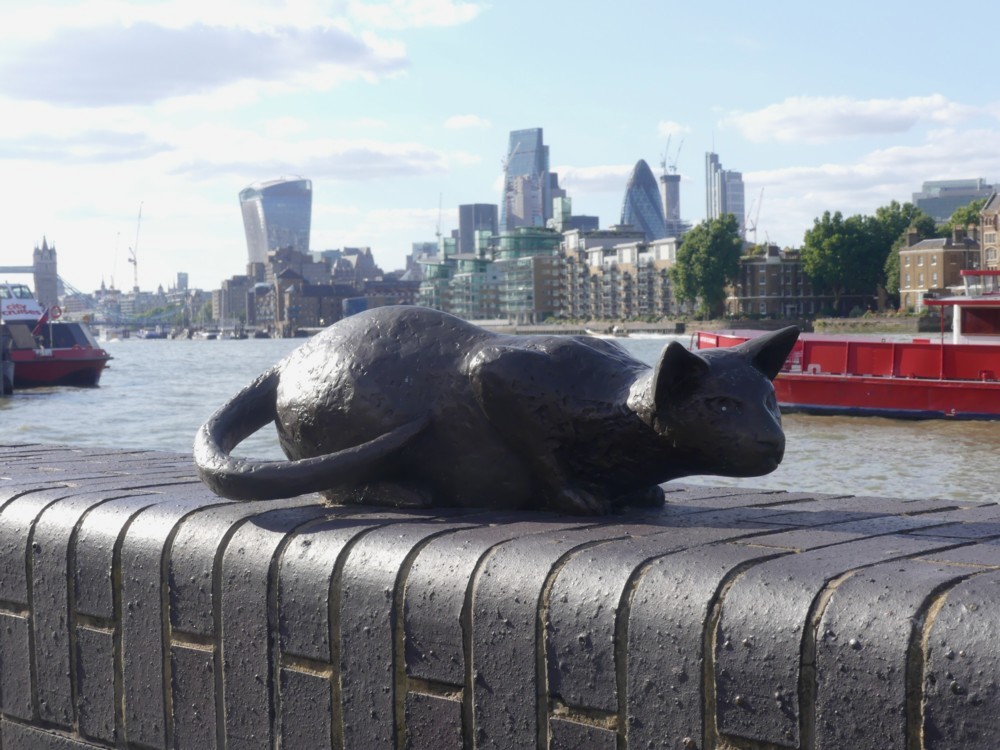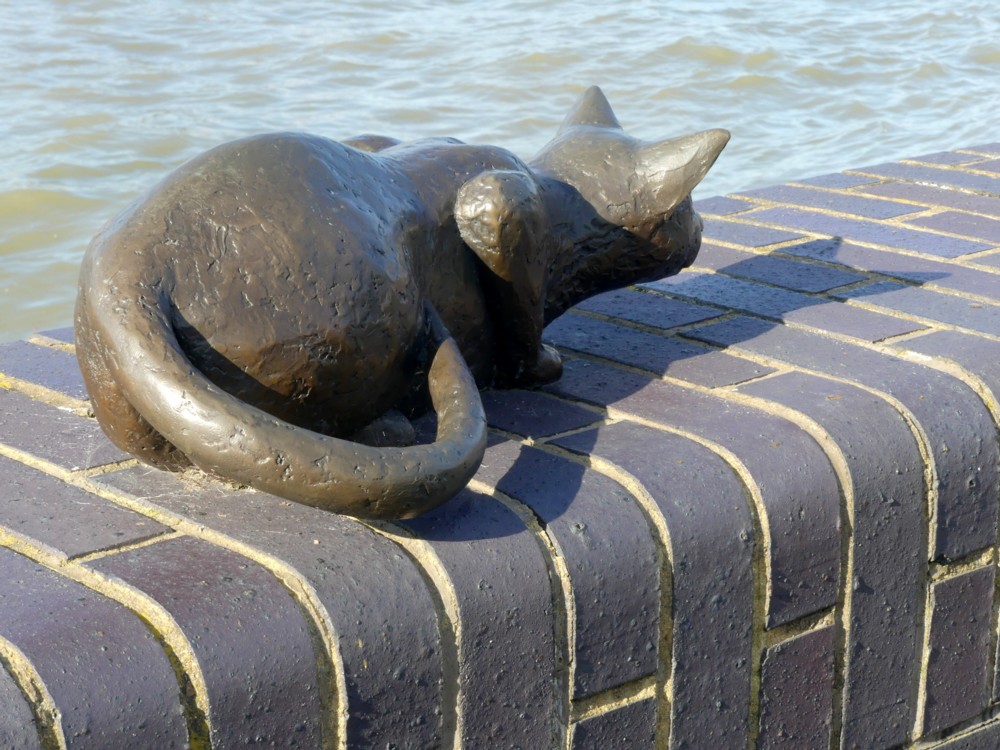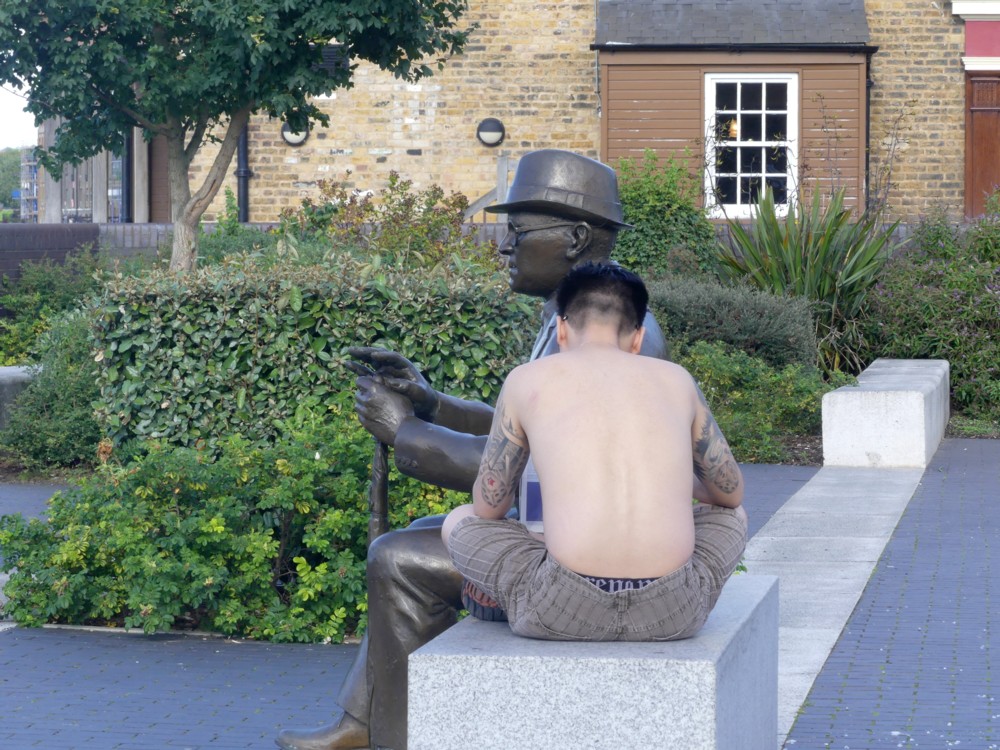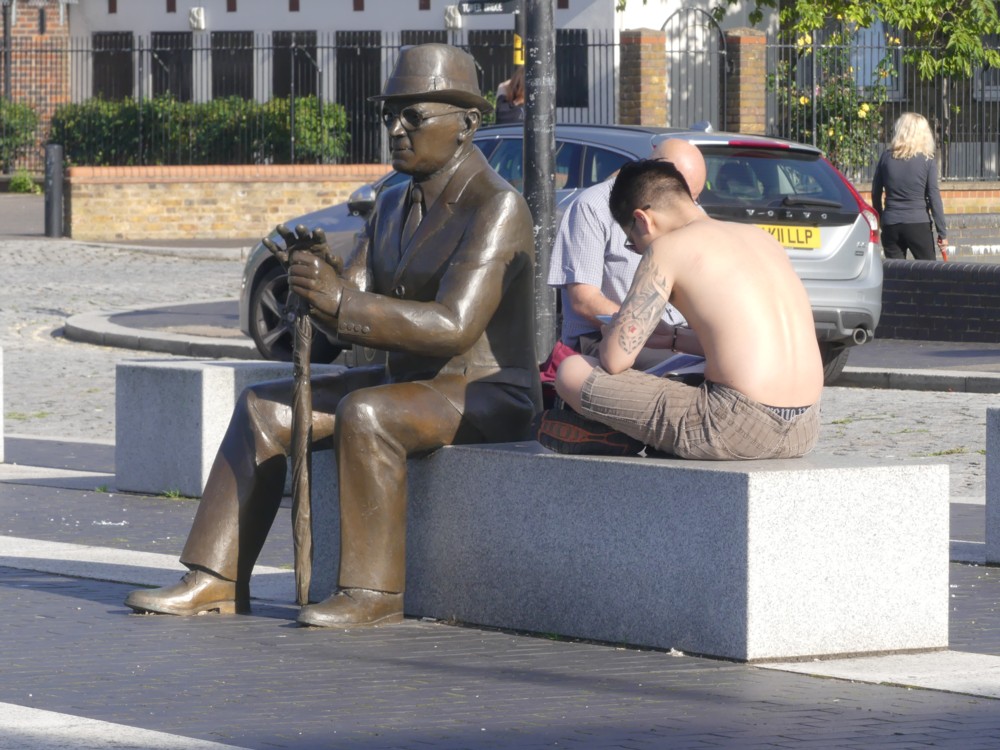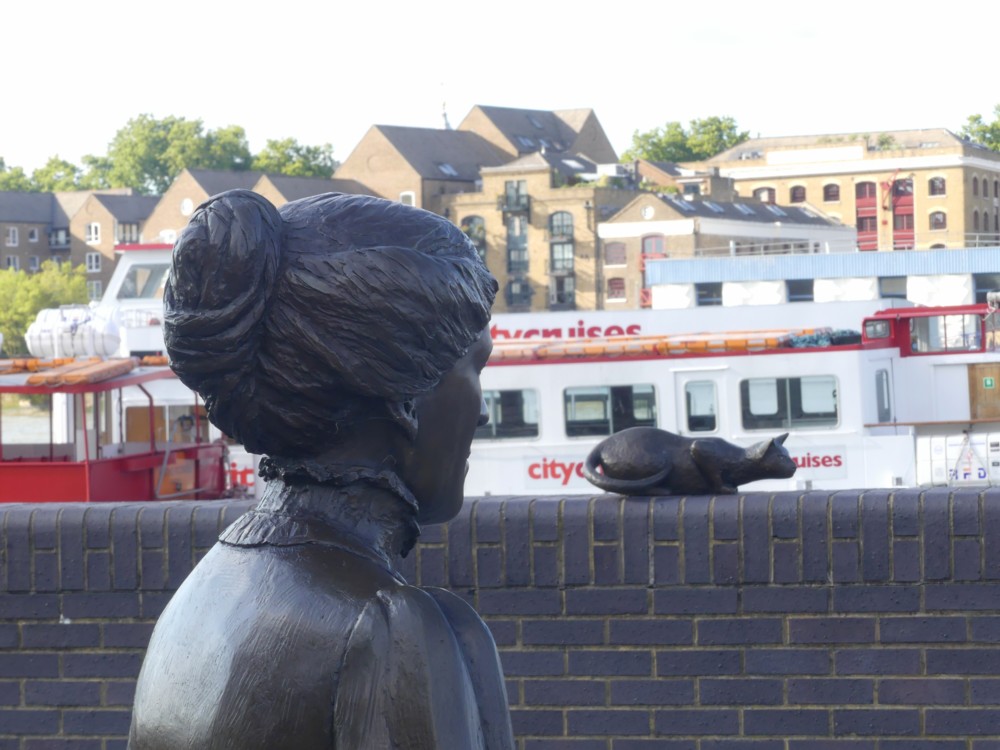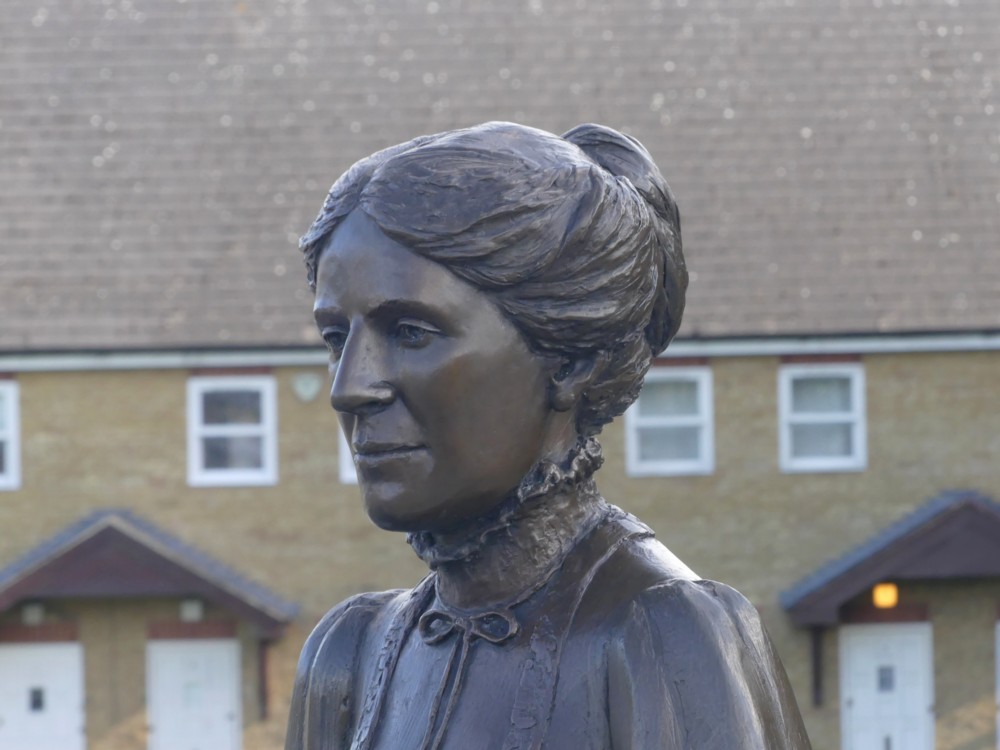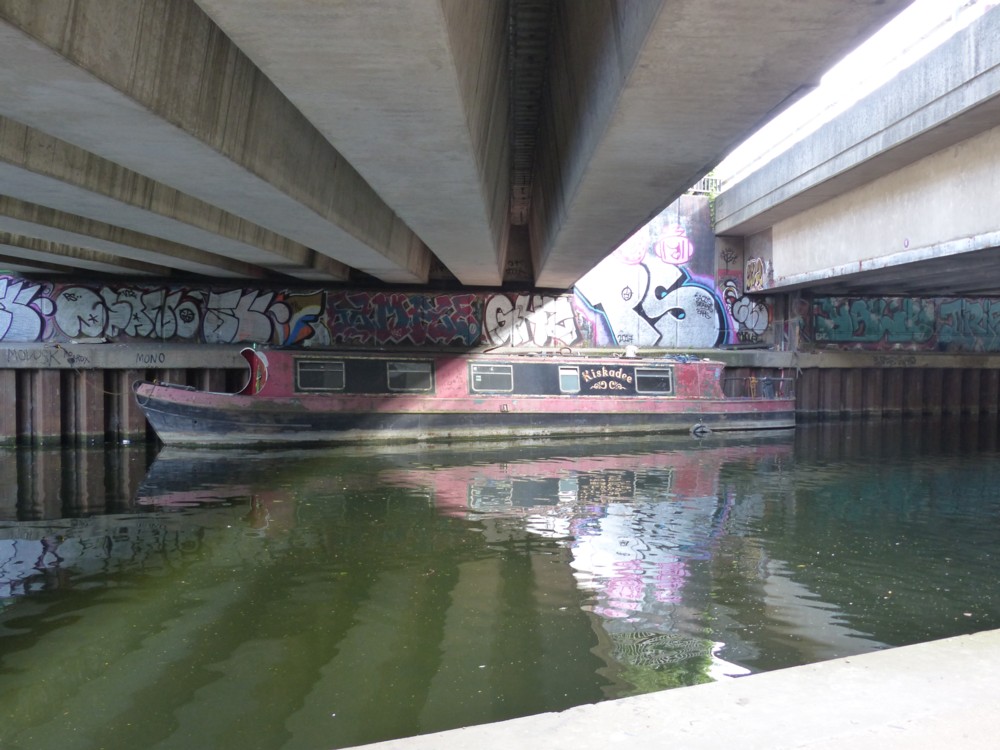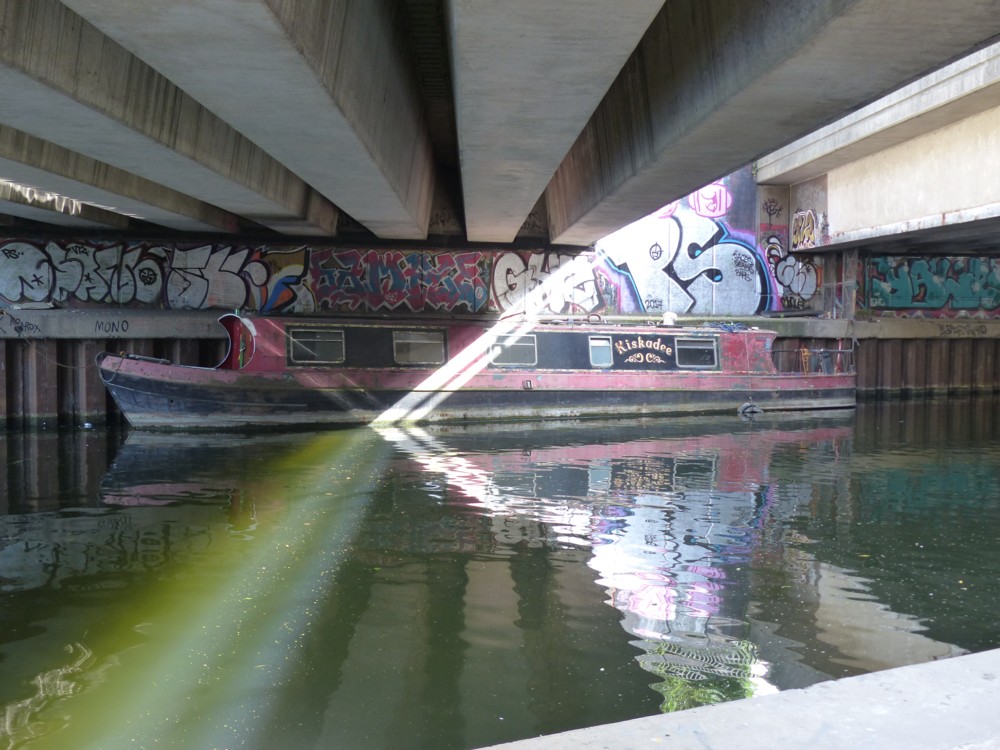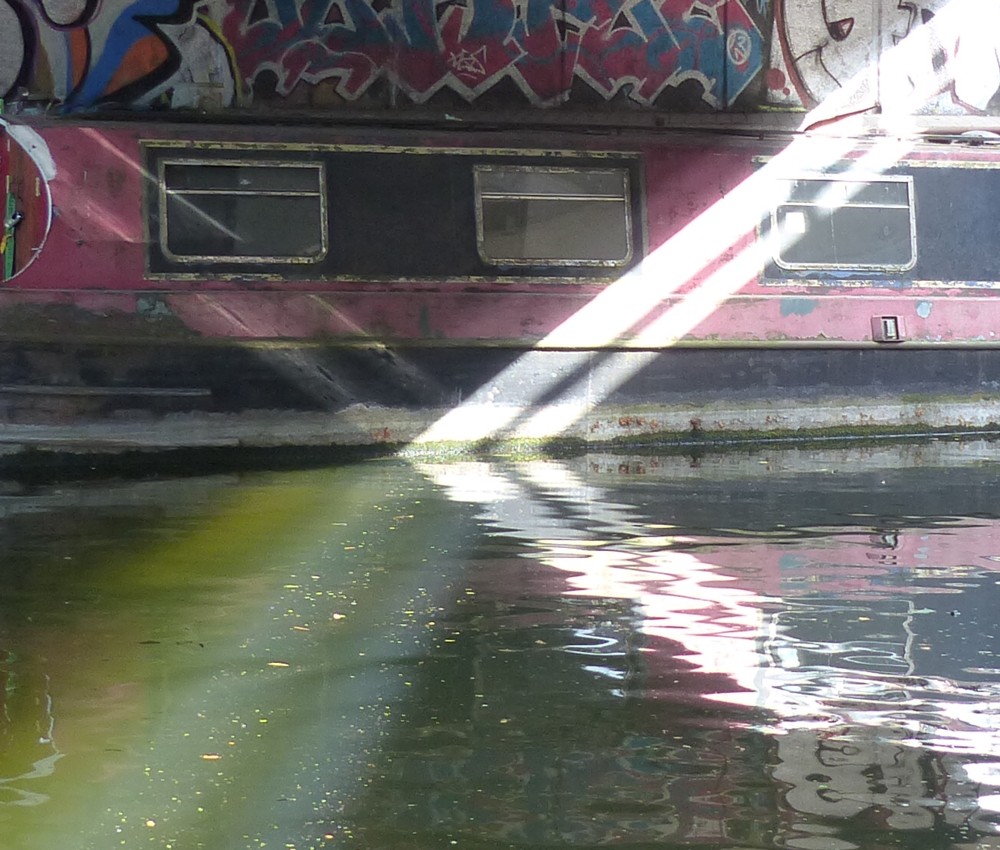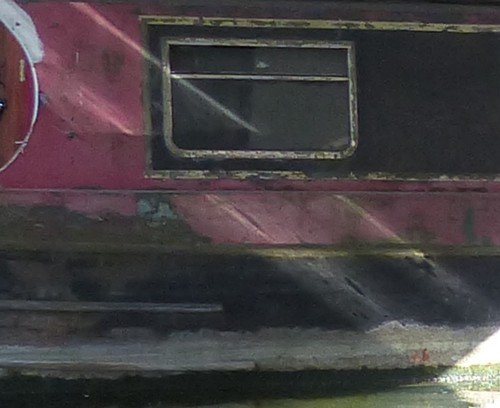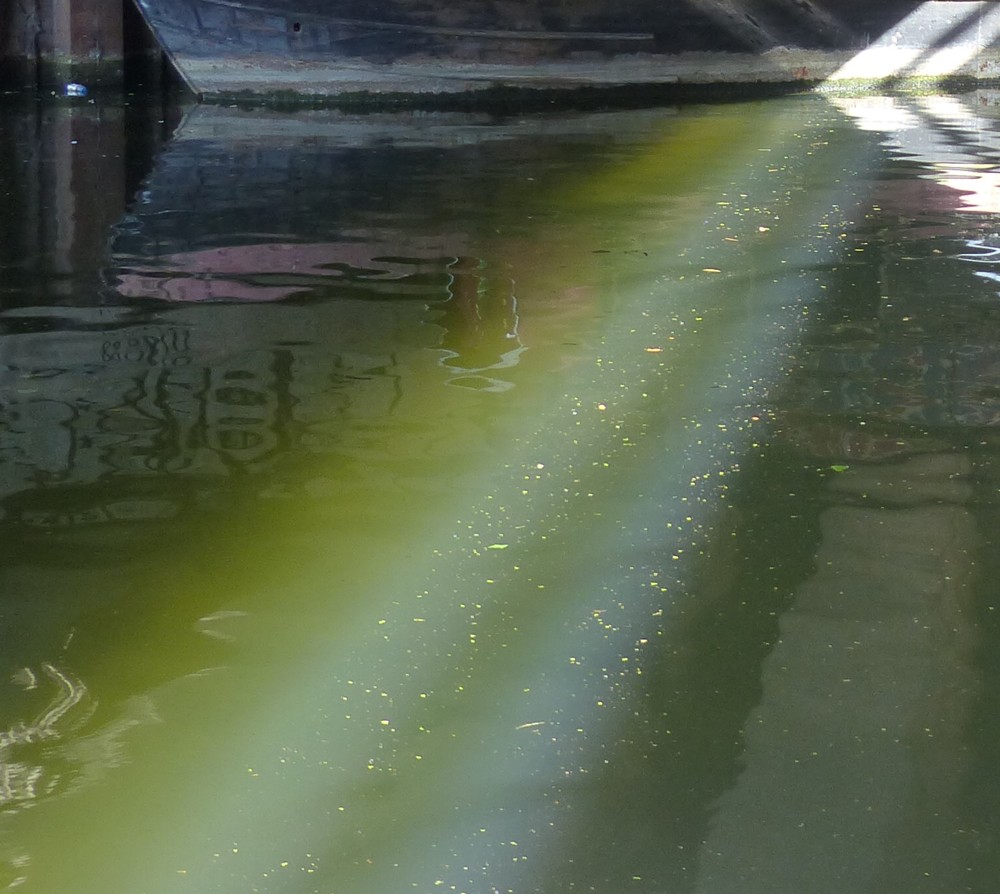Today, I was thinking, what with it being Friday: What can I put here about cats or other creatures that would be of interest? But instead of looking for something along those lines, I was listening to a video conversation between Jordan Peterson and Camille Paglia, about the sorry state of the humanities departments of American universities. I can’t remember why or how, but I was. And twenty four and a half minutes into this, I listened in astonishment as Peterson suddenly started talking, fascinatingly, about zebras.
Why do zebras look the way they do, so very black and and so very white, and so very stripey?
This has long puzzled me. The arch enemy of the zebra is the lion, and the lions are impeccably camouflaged. Their coats are the same colour as the veldt, or whatever it is that the zebras roam about on and that the lions hunt the zebras on, and so the zebras don’t see the lions coming. But the zebras, with their garish black and white plumage, are nothing at all like the colour of the land they live on. What gives? Why the lurid and fantastically visible stripes?
Today I learned the answer to this question.
The answer is: When lions hunt zebras, they do this by deciding on just the one zebra that they are going to hunt, and they concentrate entirely on that one zebra. Eventually, the chosen zebra is exhausted, and the lions catch it and kill it.
And how do zebras respond, evolutionarily speaking? Answer: By becoming extremely hard to distinguish from each other. Their very stripey stripes do exactly this. The result of that is that although the lions try to hunt just the one zebra, thereby exhausting it and killing it, they instead keep getting confused about exactly which zebra is the one they are trying to hunt. And the result of that is that instead of hunting one zebra to its death, they hunt half a dozen zebras, not to any of their deaths, and go home without their dinner.
Some scientists who were studying zebra plumage did what turned out to be a rather cruel experiment which proved this. They squirted some colour onto one of the zebras in a zebra herd. The lions, confident now that they would not be confused about which zebra they were hunting, proceeded to hunt that one marked zebra to its inevitable death. Without such marking out, they couldn’t tell which zebra was which. With such marking, hunting success followed, every time. Every time, they chose the marked and hence easily distinguishable zebra.
I did not know this.
Peterson’s point was that American humanities professors are like this. They all have totally crazy, yet totally similar, opinions. That way, their enemies can’t fixate on one of them and destroy him. Or something. In this version of the zebra stripes story, Peterson is saying that people in general are like zebras. But I really didn’t care about that. It was the zebras and their stripes that interested me.
I love the internet.


